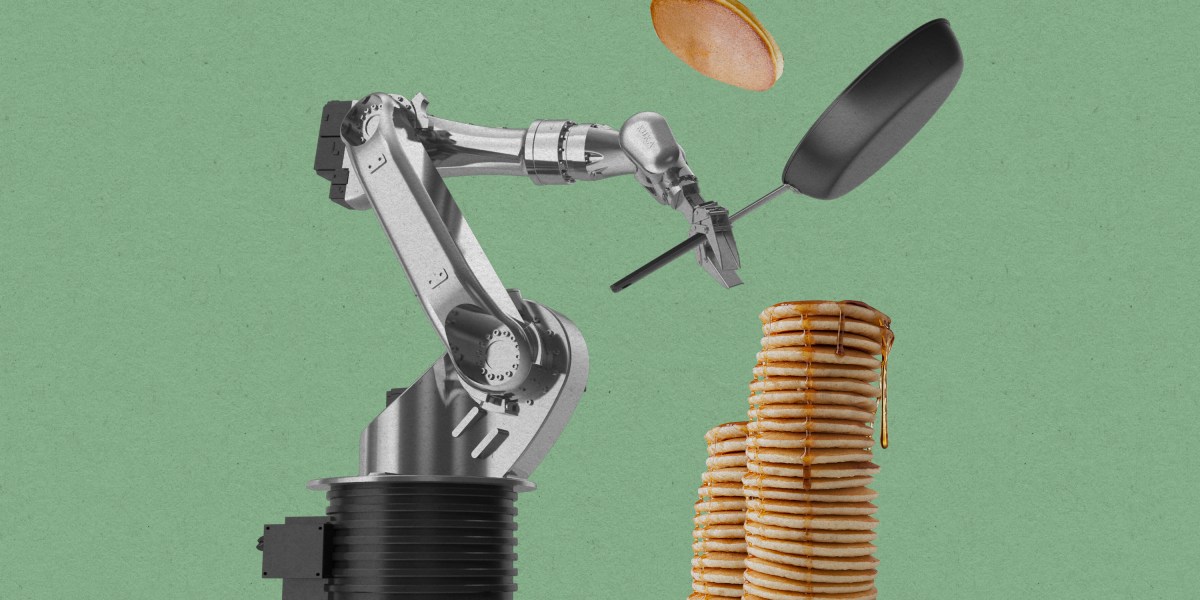The Download: robotics’ data bottleneck, and our AI afterlives
Roboticists believe that, using new AI techniques, they can unlock more capable robots that can move freely through unfamiliar environments and tackle challenges they’ve never seen before.
But something is standing in the way: lack of access to the types of data used to train robots so they can interact with the physical world. It’s far harder to come by than the data used to train the most advanced AI models, and that scarcity is one of the main things currently holding progress in robotics back.
As a result, leading companies and labs are in fierce competition to find new and better ways to gather the data they need. It’s led them down strange paths, like using robotic arms to flip pancakes for hours on end. And they’re running into the same sorts of privacy, ethics, and copyright issues as their counterparts in the world of AI. Read the full story.
—James O’Donnell
My deepfake shows how valuable our data is in the age of AI
—Melissa Heikkilä
Deepfakes are getting good. Like, really good. Earlier this month I went to a studio in East London to get myself digitally cloned by the AI video startup Synthesia. They made a hyperrealistic deepfake that looked and sounded just like me, with realistic intonation. The end result was mind-blowing. It could easily fool someone who doesn’t know me well.
Synthesia has managed to create AI avatars that are remarkably humanlike after only one year of tinkering with the latest generation of generative AI. It’s equally exciting and daunting thinking about where this technology is going. But they raise a big question: What happens to our data once we submit it to AI companies? Read the full story.
This story is from The Algorithm, our weekly AI newsletter. Sign up to receive it in your inbox every Monday.

